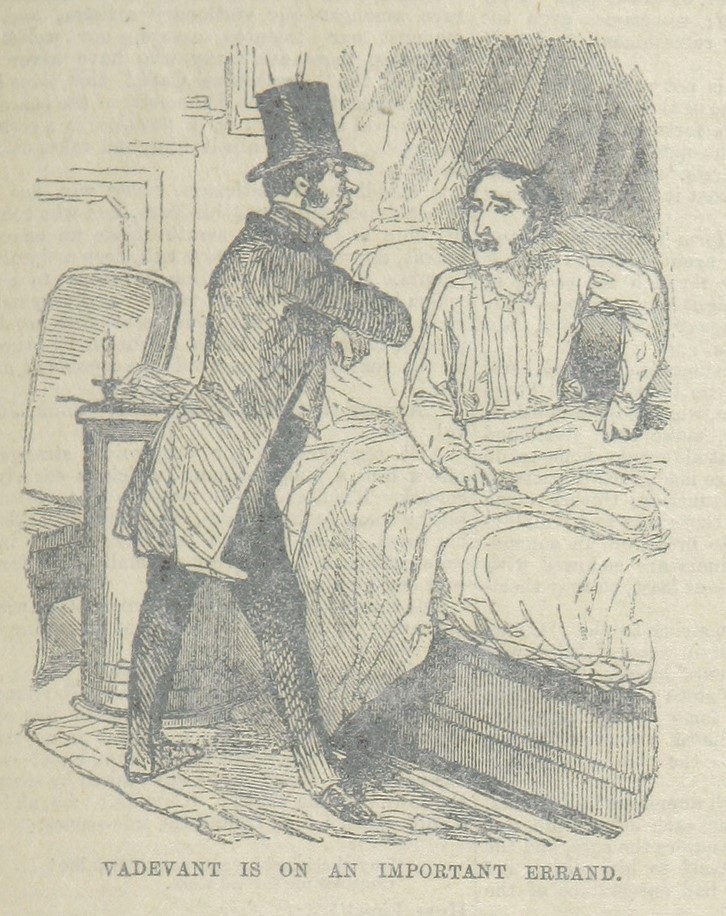
Last week, we talked generally about cease and desist letters. But, when do you actually send them and how? By whom? The answer was hinted at last week, and it boils down to my two favorite words: It depends. So let’s go into what it depends upon.
When do you send one?
First, you send it to someone who is using a mark that you believe is harming you because it is confusingly similar to your mark. Instead of jumping straight into a lawsuit, you (or your lawyer) contact the other party saying that you believe you are being harmed because of their use, and they should stop that use. That means A) You need to find the confusing use, and B) You need to figure out to whom to send it.
How do you find the confusing use?
Sometimes it is “easy” because your customers tell you or their customers tell you. People are contacting you who are confusing you with someone else. For example, they are sending you their resume for a job opening that you don’t have or complaining about a job that you didn’t do. That’s a pretty good sign. Or perhaps you did a Google search, and you are not the only search result for your mark and your goods or services. If you are a believer of being proactive, you can also hire out searches to be performed on a consistent and regular schedule.
Then you do some detective work. Often it is as easy as going to the Contact Us page on their website or Facebook page. Other times, it involves a bit more digging. Most of the time, though, it shouldn’t look like the most boring episode of CSI.
By whom?
Much like the contents of the letter, it depends on who is receiving it and the tone you want to send. A business person reaching out to another business person often goes a long way. However, an attorney’s letterhead sent via certified mail is not ignored as easily as an email. That means each situation needs to be addressed as the unique set of facts and people that they are.
How?
Just like by whom, it depends on the recipient and the tone. An email or Facebook message may easily be deleted and ignored. Whereas a hard copy letter that needs to be signed for shows some serious intentions. However, that fancy letter can also get some hackles up really quickly. So we need to look at who is doing what and how we think we can best influence them to stop. Perhaps a quick note saying, “Hey, dude. Let’s stop confusing our customers and work out a solution” is the way to go, or maybe a formal letter is needed to knock some sense into them. Or maybe you hire an actor to read parchment. It all depends on the message you want to send beyond the words written.
In any case, there is no correct answer for all situations – just the best approach for this particular set of facts. But it will cost you extra if you require a top hat to be involved.

